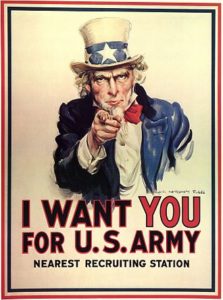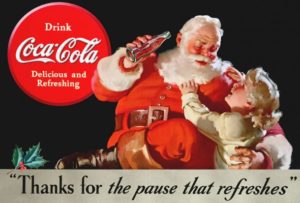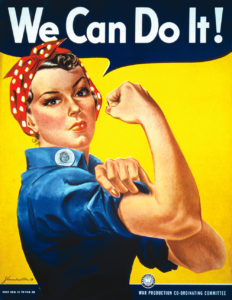The advertisements that made history
When asked “when was the first print advertisement born?” many will answer, “in the early 20th century.” The bravest will say, “at the end of the 19th century.” But no. The first advertisement dates back to the 18th century, to be precise 1704 when the Boston News-Letter, the first newspaper in the United States, ran an ad highlighting the buying and selling of a house.
More than 300 years have passed since that day, and advertising has made enormous strides, moving from print media to radio, from radio to TV, and from TV to the Web. Let’s look back together at the history of ADVs with the advertisements that made history.
1916: I Want You
You may not know Uncle Sam by name but, surely, you will recognize his face. Stern, frowning face, icy eyes, stars-and-stripes hat resting on white hair, and a finger pointed at the observer.
During World War I, the famous poster in which Uncle Sam points his finger at the audience reciting the phrase “ I WANT YOU FOR U.S. ARMY “ was created. One of the most copied and parodied posters in history.

1931: Coca Cola invents Santa Claus.
The Coca Cola Company had been born for a few years, but it was already beginning to gain the popularity that made it the icon of the 1950s and 1960s of the 20th century. This was also thanks to an advertising campaign commissioned from cartoonist Haddon Sundblom, which was to feature Santa Claus as its subject.
The advertisement was a resounding success, so successful that it changed our idea of Santa Claus forever. Until that time, in fact, there was no unified image of the world’s most famous father, and depictions of him as an elf or as a tall, thin man were not uncommon.
Undoubtedly one of the advertisements that have made history not only in the world of communication, but in the imagination of the entire community.

1942: Rosie the Riveter
Iconic advertisement, a symbol of an era and an uprising that changed the world. Because of the war, the U.S. had lost almost all of its male labor force. Therefore, the U.S. government carried out campaigns to persuade women to become workers.
This is how Rosie becomes the symbol of the independent, self-reliant woman, strong and determined, capable of doing stereotypically male jobs. In the 1970s, the campaign became theemblem of feminism, thanks in part to its powerful slogan: “
We can do it
“.
Speaking of advertisements that have made the history of feminism, as well as of
institutional communication
.

1984: the Macintosh revolution
We are all familiar with Orwell ‘s famous dystopian book “1984,” written in 1948 but set in a hypothetical 1984 in which the world is controlled by
Big Brother
.
In the real 1984, however, during the very famous Super Bowl, Apple aired a
powerful, shocking, and tragic video, shot by Ridley Scott
, which featured a heroine symbolizing the arrival of the Apple Macintosh on the market. The instrument of humanity’s liberation from conformity extolled by the British writer.
Will this really have been the case?
2012: Redbull breaks the sound barrier
Redbull organized a unique publicity event. The protagonist was Felix Baumgartner, an Austrian parachutist, who jumped from a height of 24 km to break the sound barrier as no man had ever done.
The commercial was streamed live around the world, and for the first time, the commercial became the event itself.




